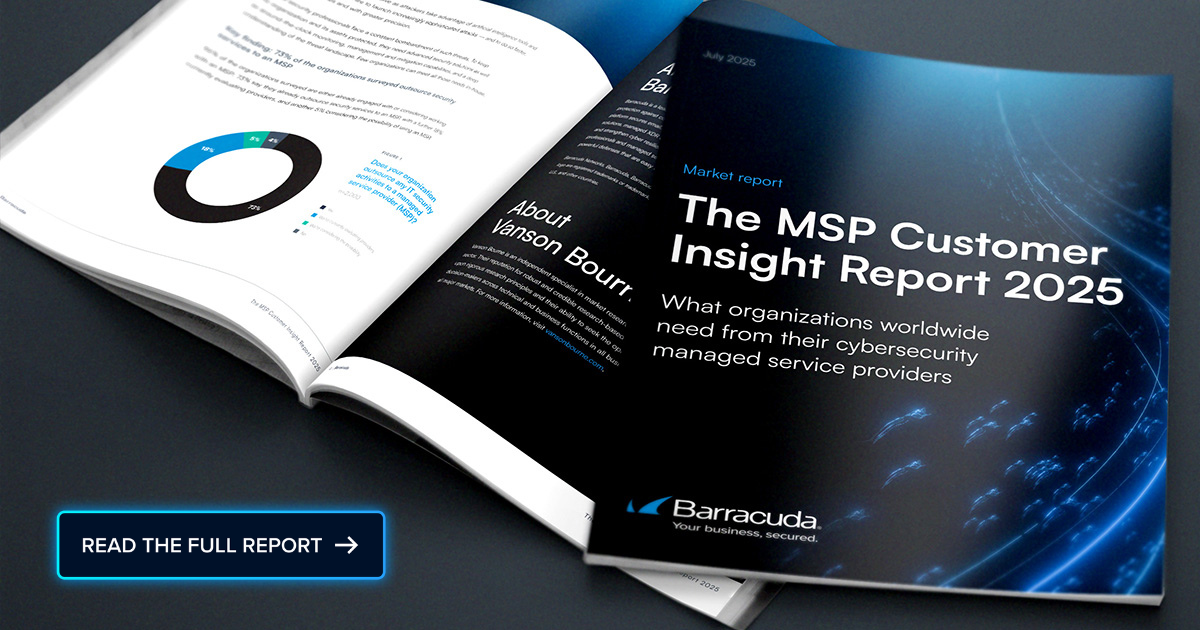
A report published by JLL, a provider of commercial real estate and investment management services, reveals that co-location vacancy rates in commercial data center decreased to a record low of 2.6 percent in 2024. At the same time, consumption of that infrastructure increased to 4.4 GW, four times higher than it was in 2020.
Overall, the release of data center capacity before it comes online stands at 72 percent, with rents having, on average, been raised 11 percent in 2024. This ongoing data center capacity shortage will continue to impact managed service providers’ (MSPs) expansion plans throughout this decade.
Data center construction surge in new markets
On the plus side, more than 6.6 GW of colocation capacity is under construction, most of which is occurring in areas where there is already a robust amount of networking infrastructure. For example, the report notes that in 2024, there was an 88 percent rate of co-location capacity absorption in primary markets such as Northern Virginia, Chicago, Phoenix, Dallas, and Toronto. As a result, West Texas, Louisiana, Alabama, New Mexico, Nebraska, and Iowa are all emerging as locations for building data centers largely because of the regulatory climate, said Farney.
The report also notes that cities such as Charlotte, N.C., Columbus, OH and Minneapolis are seeing a surge in data center construction. Over the last 24 months, major cloud service providers have acquired roughly 1,900 acres across the Columbus region alone, the report noted.
Regions adjacent to established data center hubs such as the I-35 Corridor in Texas, northwest Indiana and central and southern Virginia are also seeing increased construction activity.
Despite all that construction, data center tenants, in some instances, tenants looking to renew five-year leases, are seeing rent increases of 50 percent or more, according to the report. Additionally, the report notes that lead time for adding data center capacity is now 50 percent higher than it was before the pandemic. Most equipment is available for delivery in six months or less, but generators, switch gears, and transformers take an average of 11 months, according to the report.
Rising challenges as AI demand increases
In total, developers plan to build an additional 22.9 GW of data center capacity. However, given current power demands, the pace at which these projects receive approval and proceed with construction remains relatively slow. New data centers typically require around 100 MW, with some projects requesting up to 1 GW of power. Additionally, connections to the North American power grid can take as long as four years, according to reports.
To mitigate delays, MSPs can consider relying on the infrastructure of cloud service providers. While these providers also face similar capacity constraints due to the rise of artificial intelligence (AI) applications, their infrastructure is well-optimized and can be used to offload immediate requirements.
MSPs will need to determine the best way to navigate a chronic data center capacity shortage. Some may choose to build their own data centers, while others might explore options overseas. Regardless of the approach taken, the total cost of computing is likely to increase rather than decrease, and MSPs will ultimately have to pass these costs on to the end customer, whether they want to or not.
Photo: Ground Picture / Shutterstock

